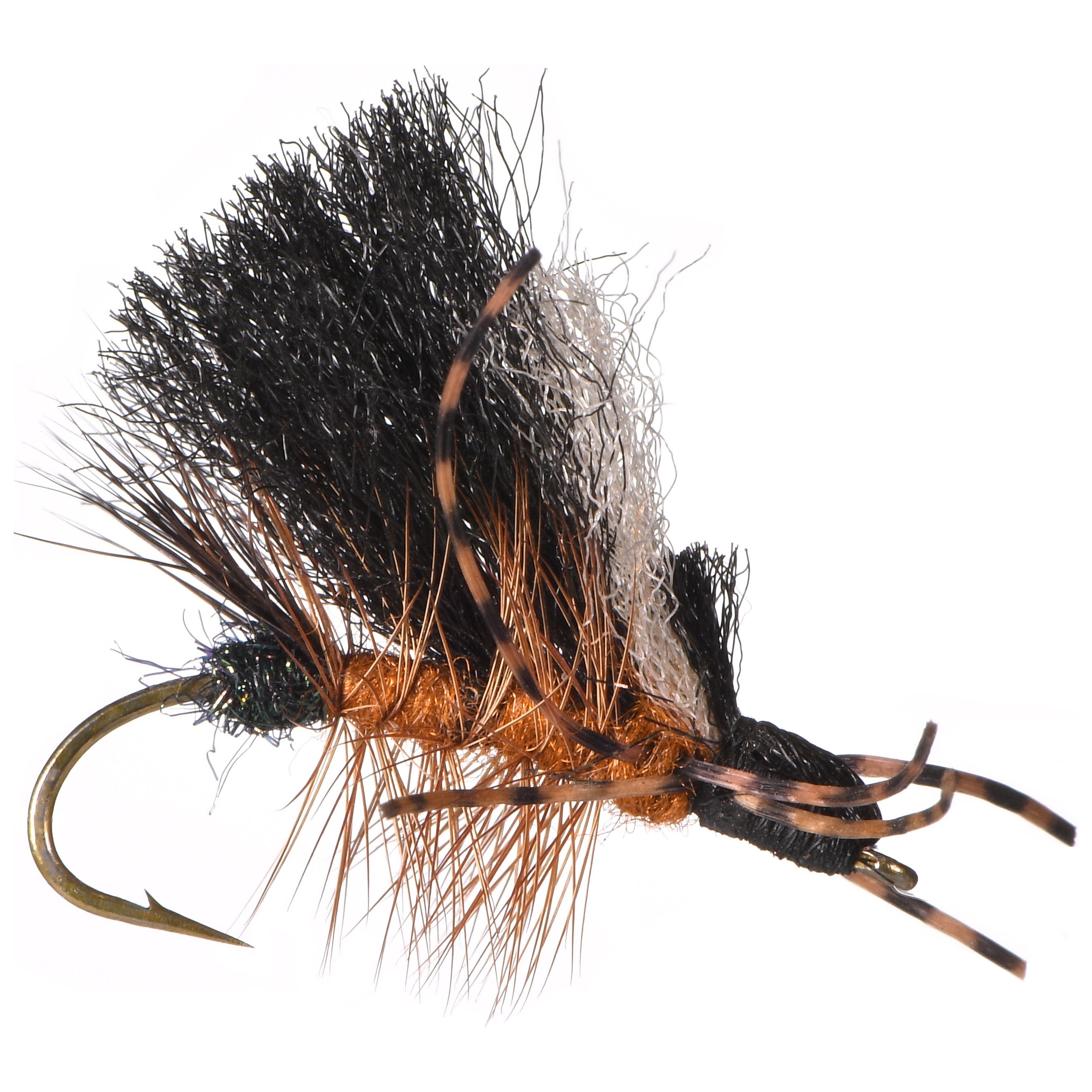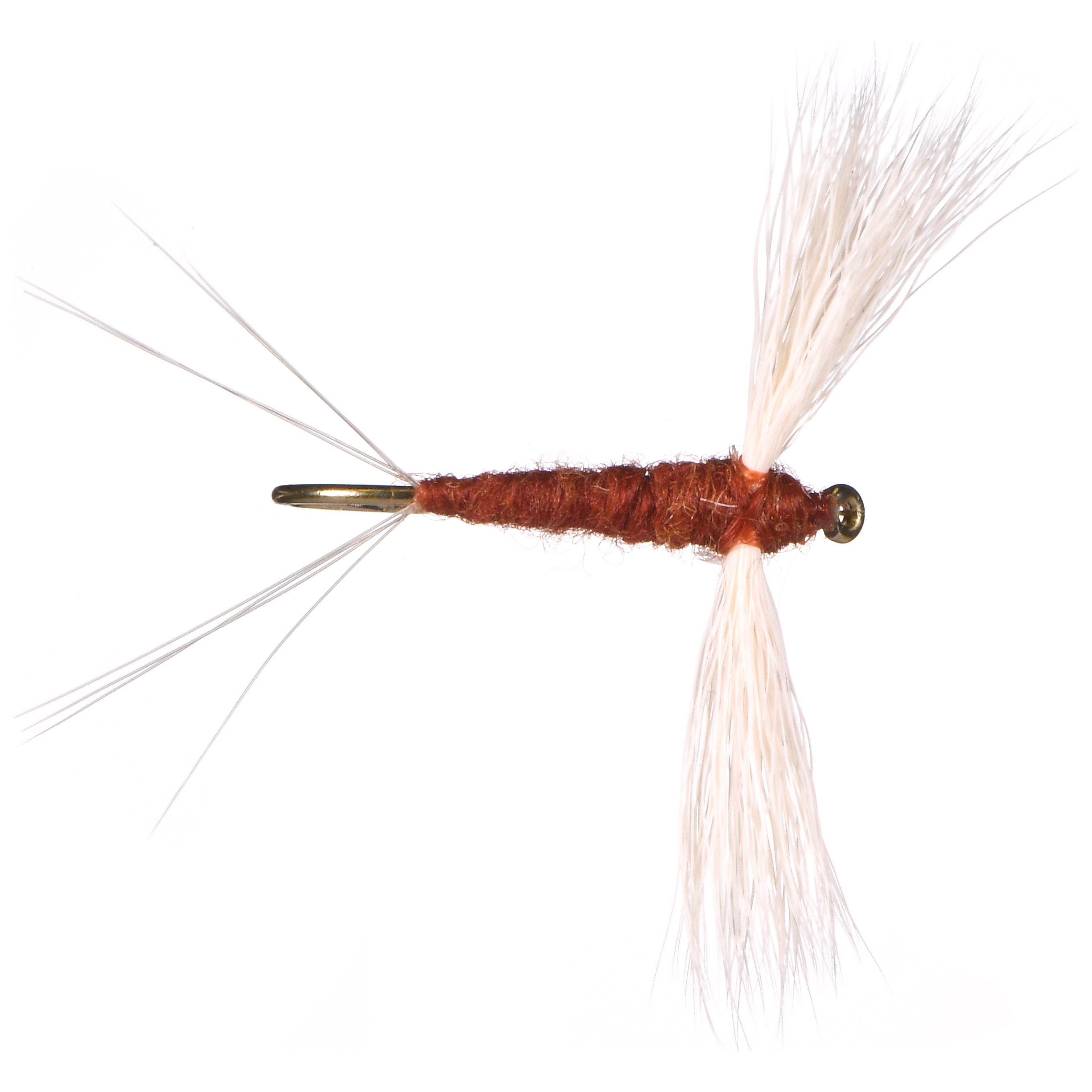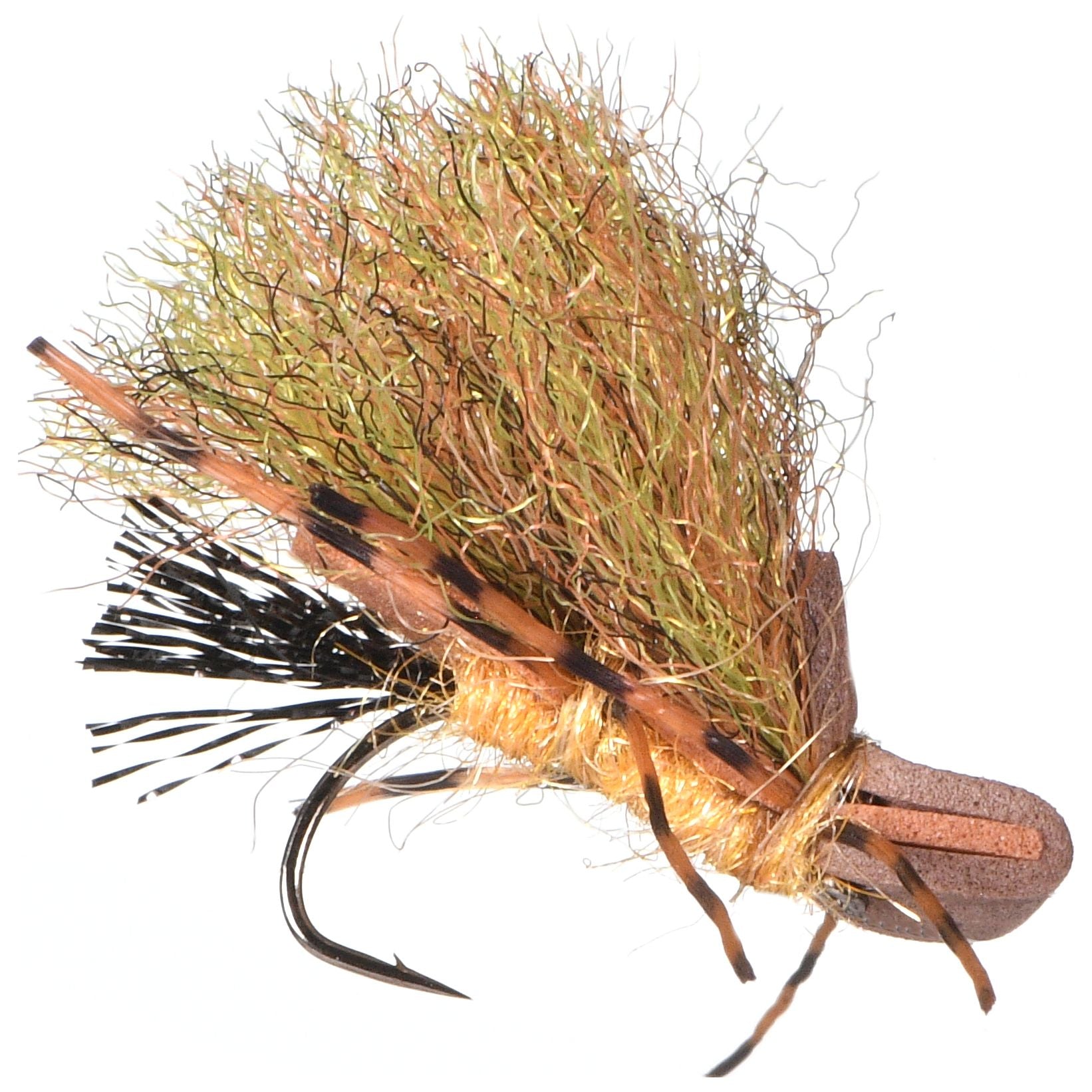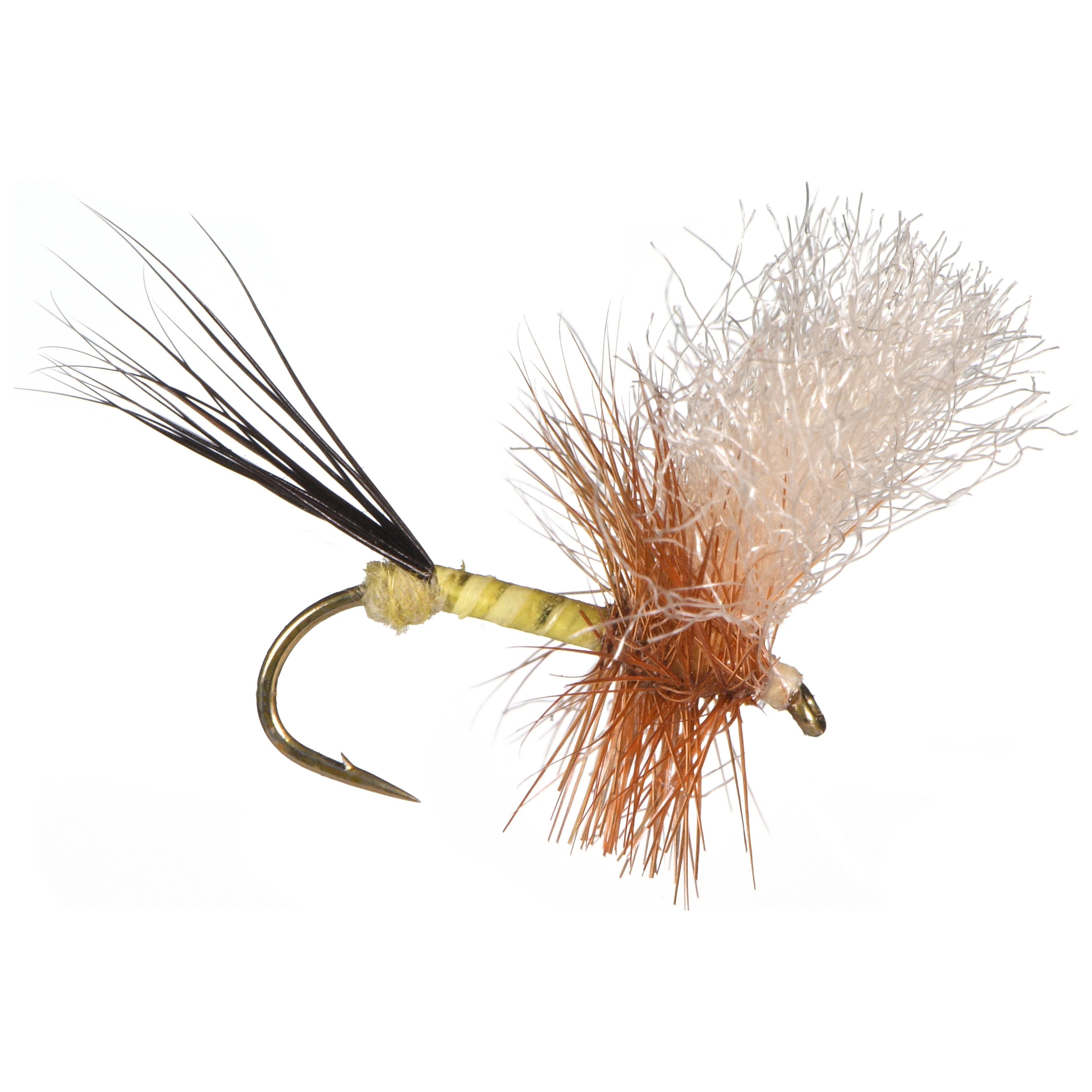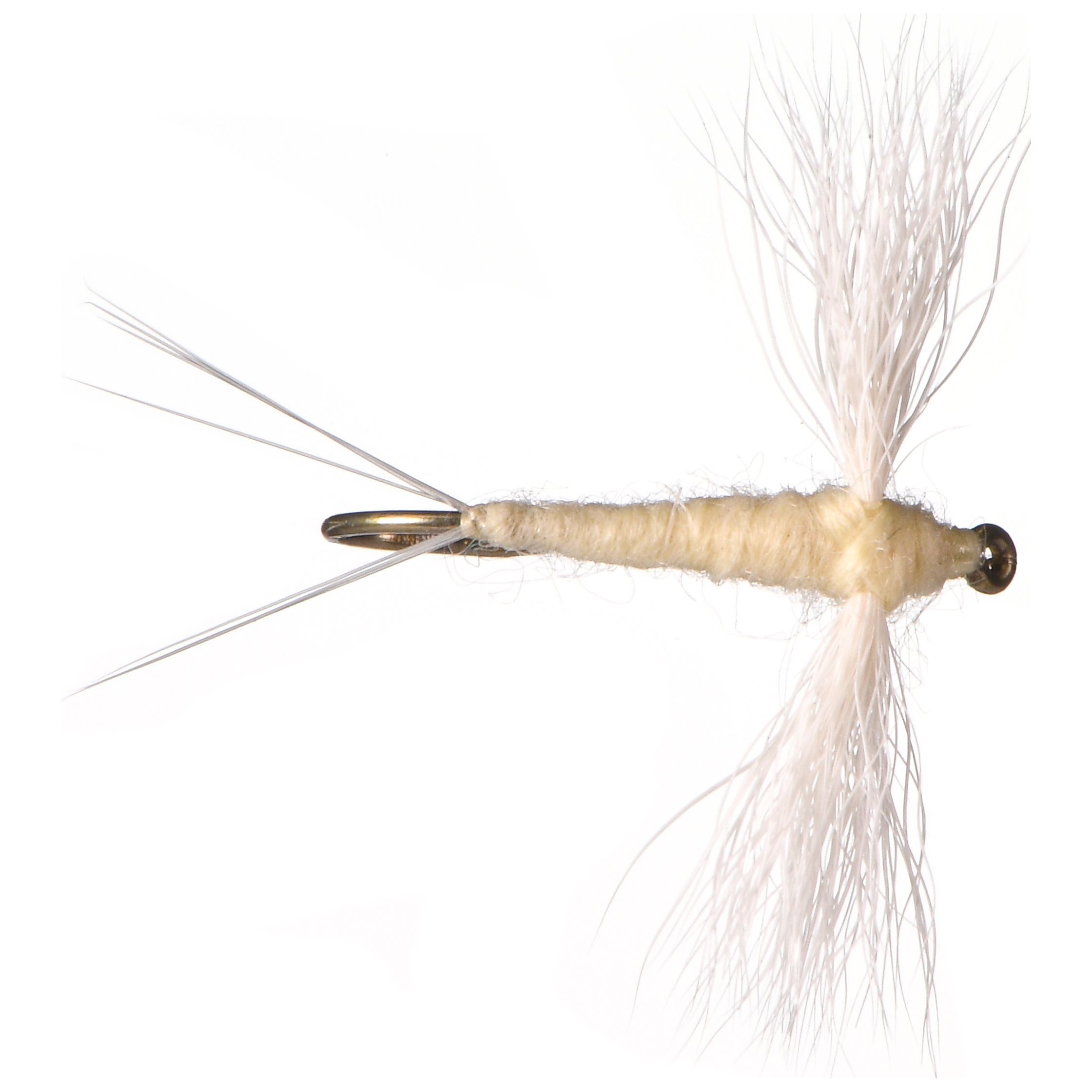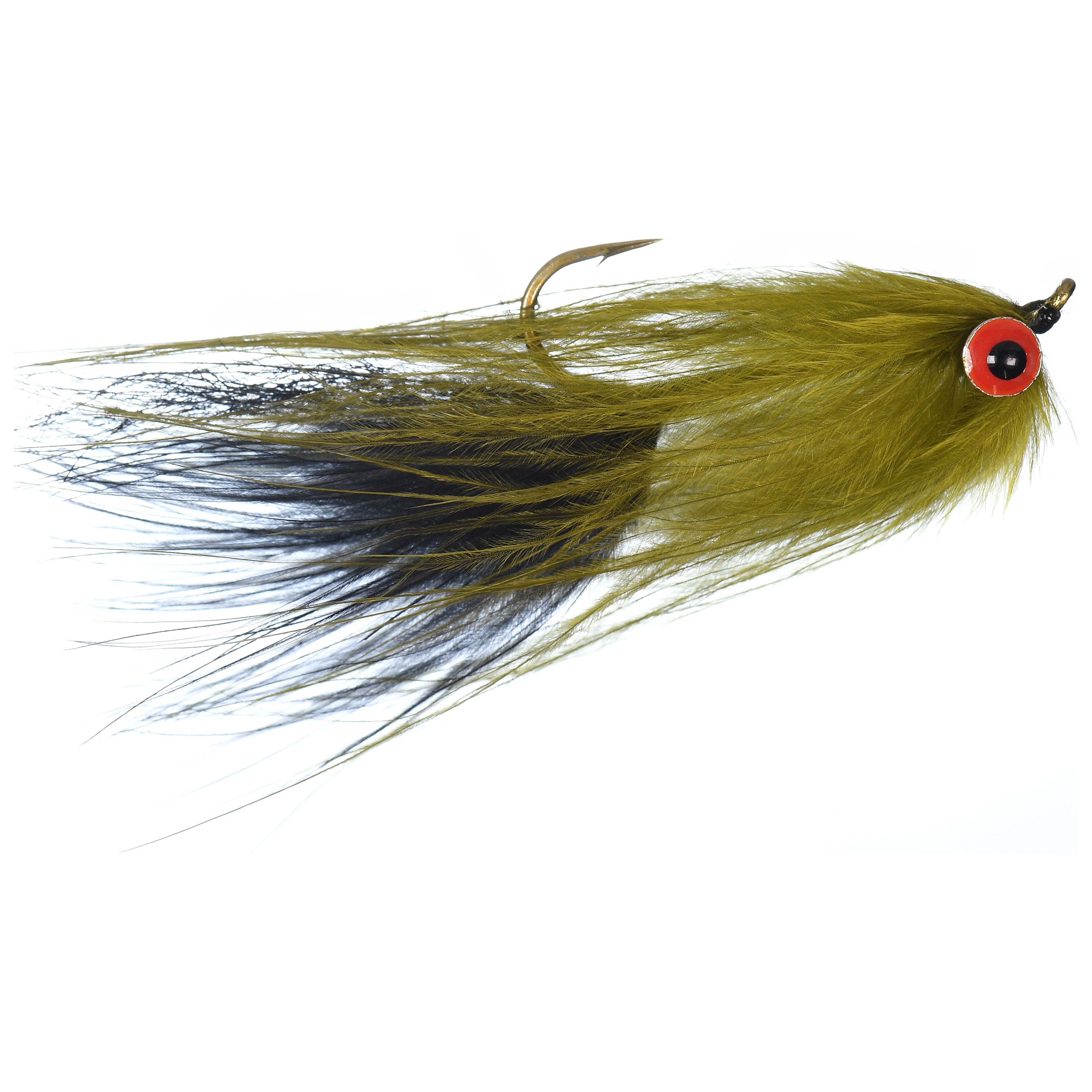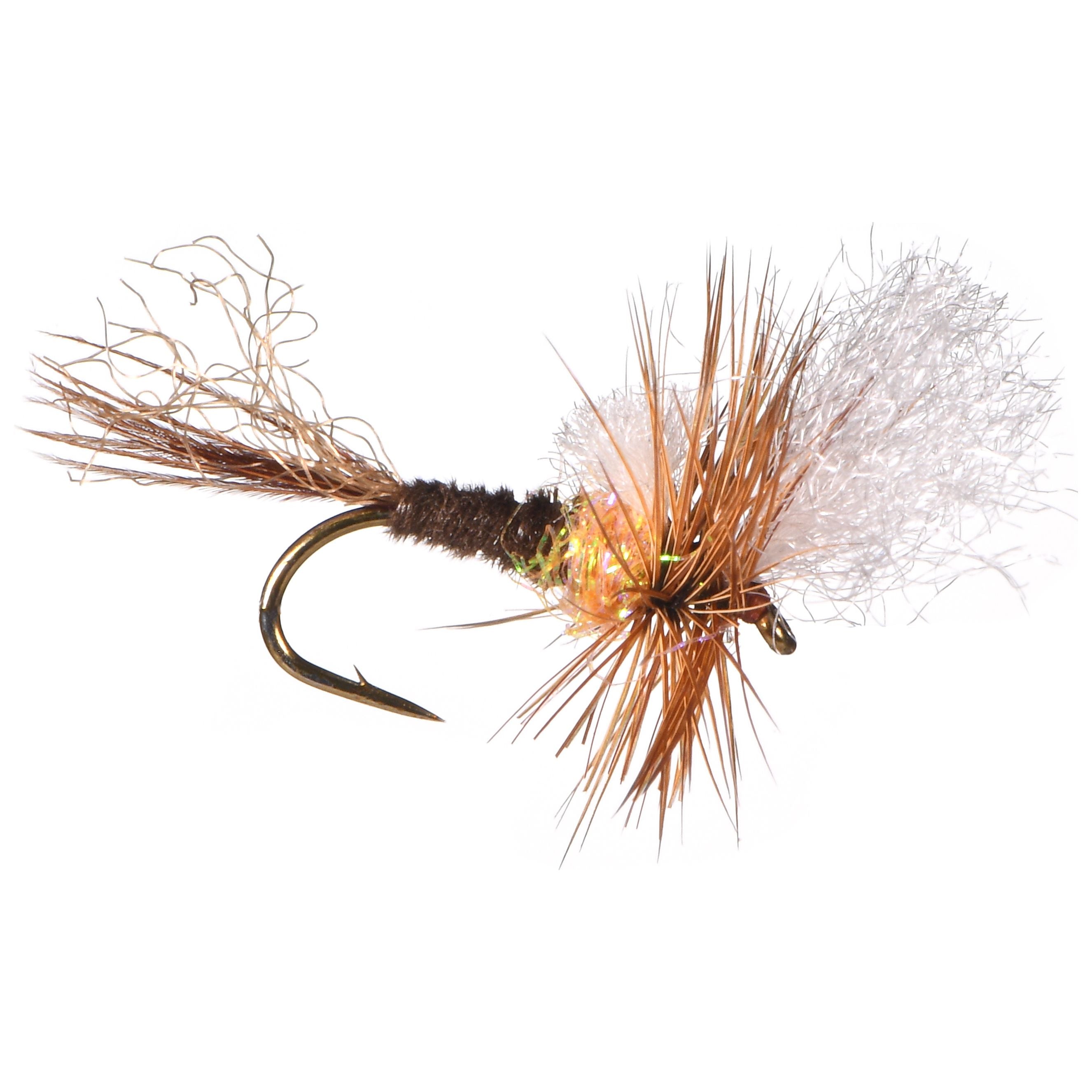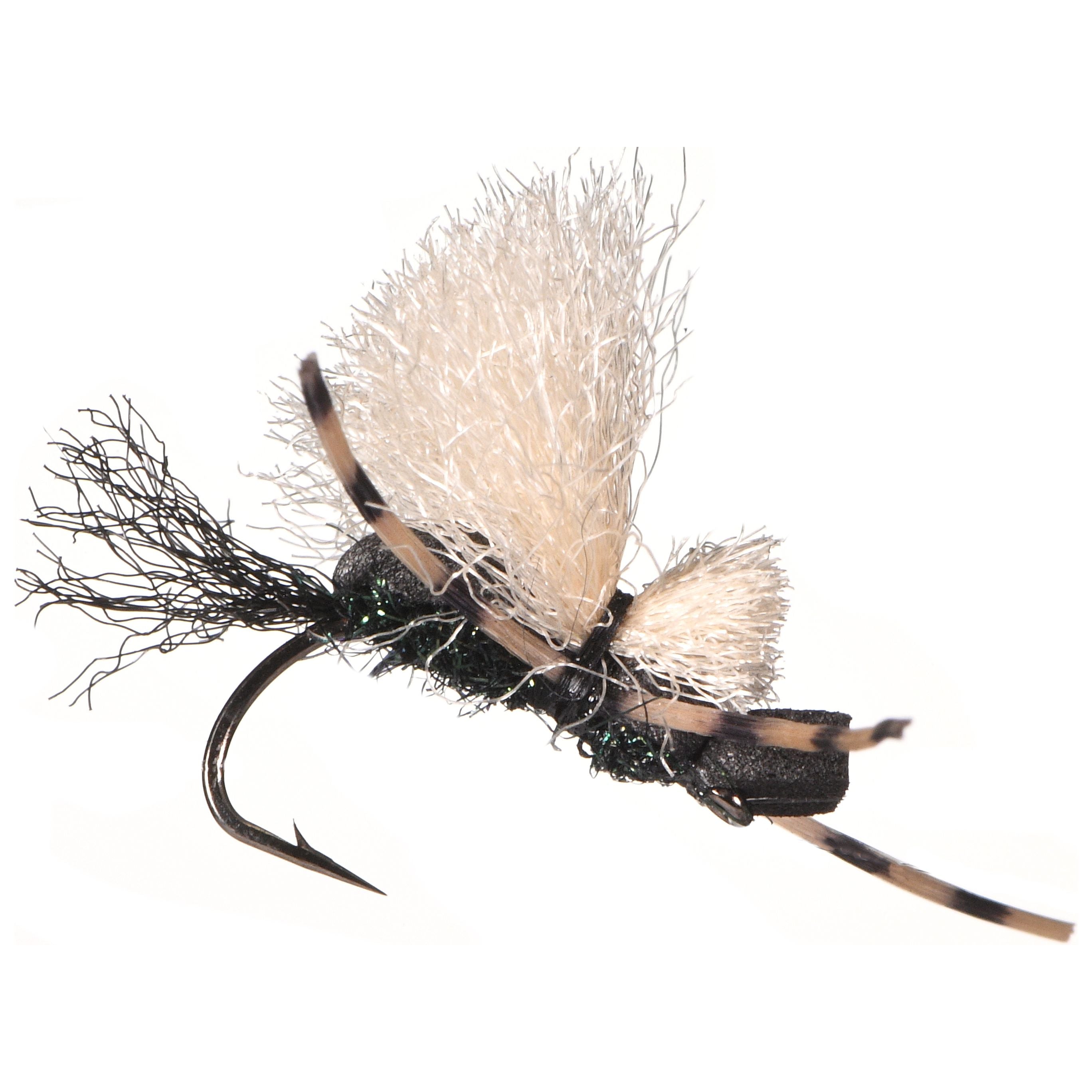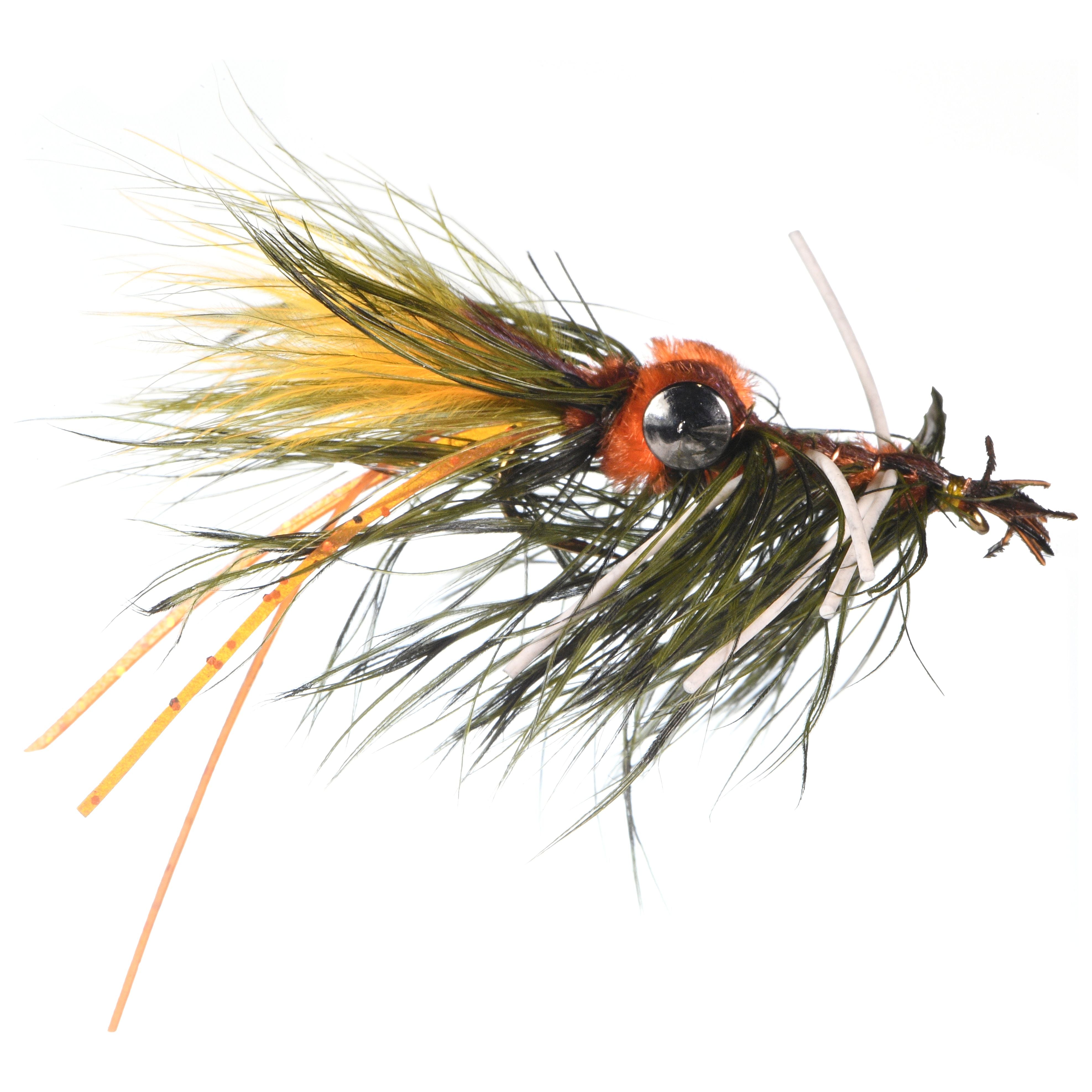Hatch Profile - Pale Morning Duns (PMD)
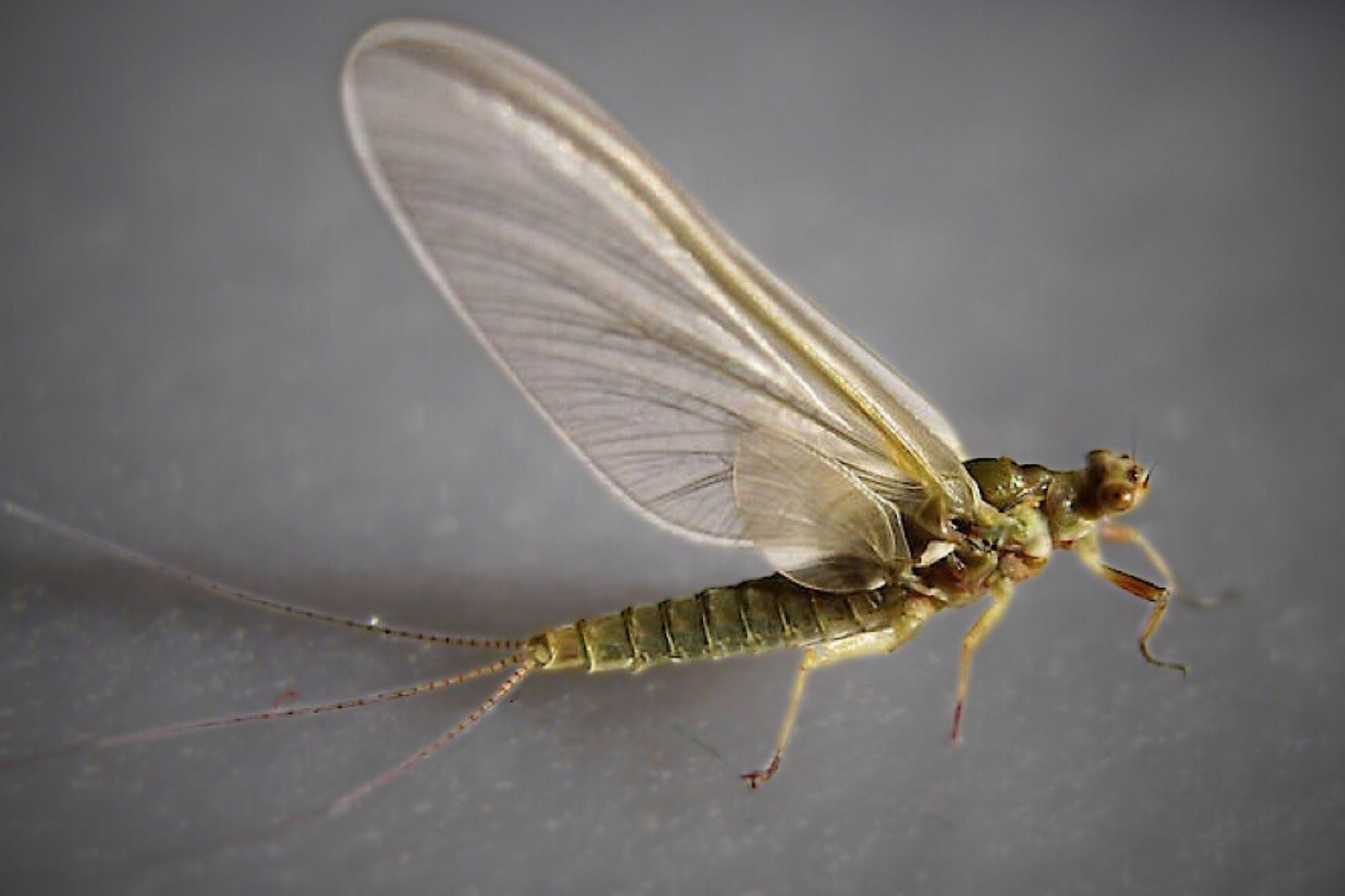
If you had to pick only one hatch to know and understand in Big Sky Country it would undoubtedly be the Pale Morning Dun (“PMD”). This group of mayflies is found on every piece of moving water that holds trout, as well as some of the lakes. Populations of PMD’s are strong in all of our major fisheries, providing an ample food source for area trout in the nymph, emerger, dun, and spinner stages of their life cycle.
Pale Morning Dun is a common term coined by legendary authors Doug Swisher and Carl Richards in their groundbreaking book, Selective Trout in 1971. There are two separate species that make up this important group of mayflies; Ephemerella infrequens and Ephemerella excrucians.
The larger (size 14-16) Ephemerella infrequens generally emerges first with hatches beginning as early as late-May in some fisheries. Ephemerella excrucians can be found emerging throughout the summer lasting as late as October, and can be as small as a size 20. This progression of emergences with bugs getting smaller through the season is often mistaken for the multi-brooded behavior seen in Baetis and Callibaetis mayflies where spring hatches propagate the bugs that emerge later in the season. Rather than one species that continues to emerge throughout the season spawning progressively smaller individuals, the PMD is actually two distinct species with different sizes and sequential emergences.
PMD’s are an important food source for trout at each stage of their life cycle. The nymphs are three-tailed, and can be found in a variety of colors ranging from rusty-brown to black. The abdomen of Ephemerella infrequens has a pale yellow dorsal (top) stripe that is very prominent. PMD nymphs exhibit an interesting behavior where they will move from the bottom of the water column to the top several times prior to emergence. These practice runs have been described as “Pulses of Benthic Drift” by entomologists, and can result in some outstanding nymph fishing preceding the hatch.
PMD duns are three-tailed with light-dun colored wings and generally a pale yellow to light olive colored body. During heavy emergences duns can blanket the water, but crippled, stillborn, and other emerger imitations will often outperform the dun, especially with large fish.
Spinners also have three tails. Their wings are shiny and clear, and the body coloration will range from rusty to olive-brown. Both male and female adults return to the water after mating which results in dense spinner falls when conditions permit.
Weather plays a critical role in PMD activity and corresponding fishing strategies. As a general rule, the nicer the weather, the earlier and lighter the hatch will be; the scuzzier the weather, the heavier and later the hatch will be. On warm, sunny days you might see a sparse emergence in late morning or early afternoon. Cool, cloudy days with precipitation will yield the longest and thickest hatches, but that may not occur until mid to late afternoon. Calm, warm mornings and evenings produce the best spinner falls. The warmer the weather, the earlier in the am and later in the pm the spinner falls will occur.
Regardless of the conditions or the time of day, PMD’s are available in large numbers on all of the major fisheries in Yellowstone Country. So, if you find yourself on the water anytime between the end of May and the beginning of October (especially in June and July), and you’re wondering what the trout are feeding on; you should always start by asking yourself “What are the PMD’s doing?”







